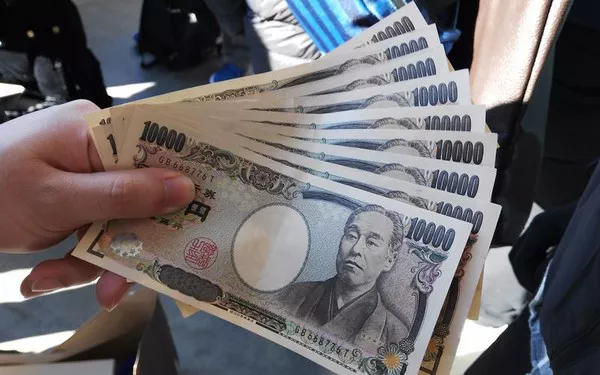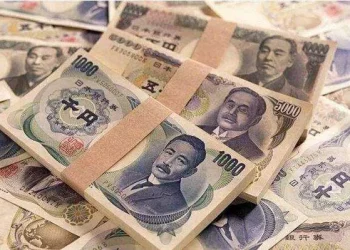In the global landscape of currency exchange, understanding the value of different currencies is crucial, especially for travelers, investors, and businesses engaged in international trade. Among the various currency pairs, the Japanese Yen (JPY) to United States Dollar (USD) exchange rate holds particular significance due to the economic prowess of both nations. With 25,000 Yen as our focal point, we delve into the intricacies of its equivalent value in USD, exploring the factors influencing exchange rates and implications for various stakeholders.
Understanding the Exchange Rate:
As of the latest data, the exchange rate between the Japanese Yen and the United States Dollar fluctuates daily due to various economic factors. At the time of writing, 1 USD is approximately equivalent to 153.94 Japanese Yen. Therefore, 25,000 Yen converts to roughly 162.40 USD. However, it’s essential to note that exchange rates are subject to change and may vary slightly depending on the source and prevailing market conditions.
Factors Influencing Exchange Rates:
Exchange rates are influenced by a multitude of factors, both macroeconomic and geopolitical in nature. Some of the key determinants include:
Interest Rates: Central bank policies, particularly regarding interest rates, play a significant role in shaping exchange rates. Higher interest rates in one country relative to another can attract foreign investment, leading to an appreciation of the currency.
Economic Indicators: Economic data such as GDP growth, inflation rates, and employment figures impact investor confidence and thereby influence currency valuation. Strong economic performance typically leads to a stronger currency.
Political Stability: Political stability and geopolitical events can affect investor sentiment and currency value. Countries with stable political environments often have stronger currencies as they are perceived as safer investments.
Trade Balance: The balance of trade between two nations also affects exchange rates. A country with a trade surplus (exporting more than it imports) will typically see appreciation in its currency, while a trade deficit may lead to depreciation.
Market Sentiment: Market speculation and sentiment can cause short-term fluctuations in exchange rates, as traders react to news and events impacting the global economy.
Implications for Stakeholders:
The value of 25,000 Yen to USD holds different implications for various stakeholders:
Travelers: For individuals traveling from Japan to the United States, understanding the exchange rate is essential for budgeting and planning expenses. A favorable exchange rate can make travel more affordable, while a weaker rate may lead to higher costs.
Importers and Exporters: Businesses engaged in international trade must monitor exchange rates closely as they directly impact the cost of importing goods and the competitiveness of exports. A weaker Yen relative to the Dollar may benefit Japanese exporters by making their products more affordable in foreign markets.
Investors: Currency traders and investors often speculate on exchange rate movements to profit from fluctuations in value. Understanding the factors influencing exchange rates is crucial for making informed investment decisions in the forex market.
Multinational Corporations: Companies with operations in both Japan and the United States must manage currency risk effectively to mitigate potential losses arising from exchange rate fluctuations. Strategies such as hedging can help stabilize cash flows and protect profit margins.
Conclusion:
In conclusion, the value of 25,000 Yen to USD is subject to fluctuation due to various economic, political, and market factors. Understanding the dynamics of exchange rates is essential for individuals and businesses engaged in international transactions to navigate the complexities of the global economy effectively. By staying informed and employing appropriate risk management strategies, stakeholders can mitigate currency risk and capitalize on opportunities presented by exchange rate movements.
Related Topics:























